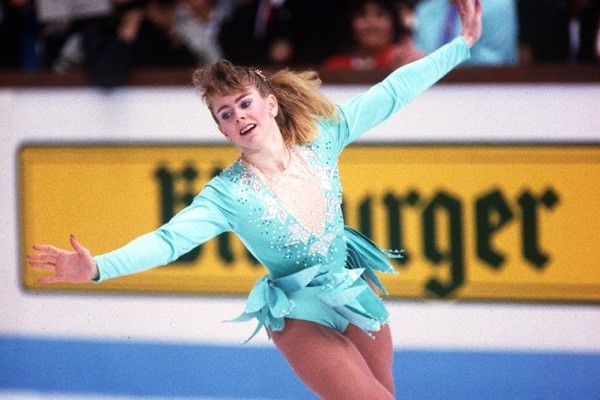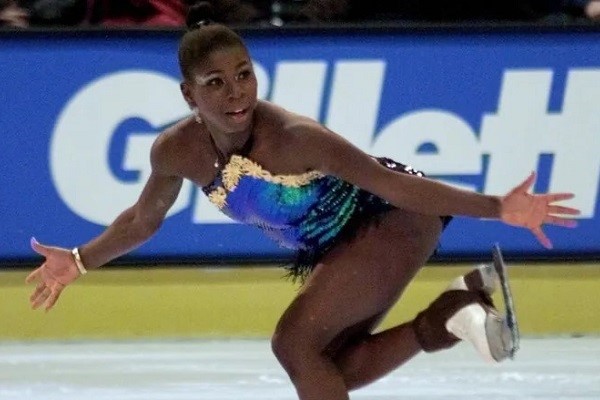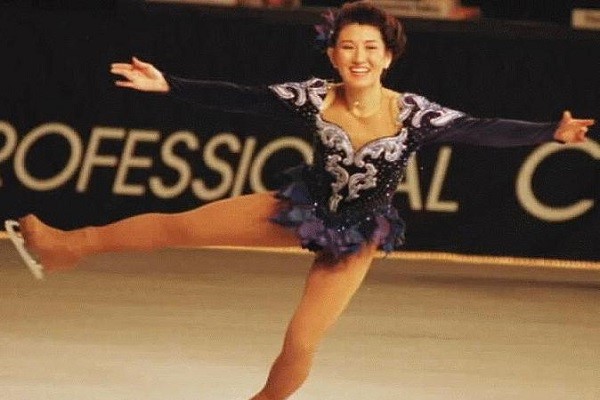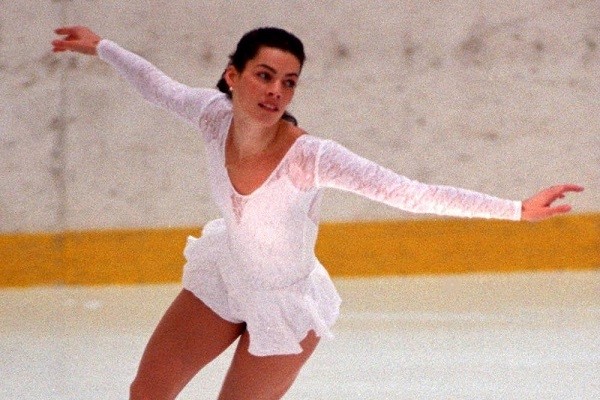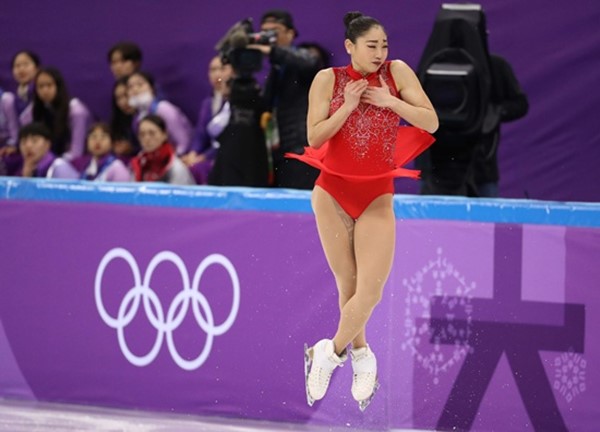It need not be explained that the costs of each job containing the cost of materials, labor cost, equipment cost, and cost of non-ownership subcontractors are specific. Outsourcing your accounting can help your firm focus on growth while ensuring financial records are in top shape. Our specialized services include detailed job costing, https://www.bignewsnetwork.com/news/274923587/how-to-use-construction-bookkeeping-practices-to-achieve-business-growth cash flow management, and expense tracking so you can feel confident in your financial foundation. A bookkeeper manages financial transactions, job costing, payroll, invoicing, and financial reporting. They ensure accurate records, compliance with tax laws, and help track project profitability.
- Mixing personal and business finances can lead to tax complications and inaccurate financial reporting.
- By collaborating with them, you can free up your time and resources to focus on growing your business while they manage the financial aspects with precision and accuracy.
- That means a contractor’s profit margin may be held back long after their portion of the work is complete.
- In summary, financial reporting and analysis are critical for construction companies to understand their financial position and make informed decisions.
- Once you complete the project, you can then issue a final invoice for the entire value of the retainage.
- Even travelling just personnel and equipment to different places comes with costs.
Separate Your Expenses
Regularly review WIP reports to track project progress, identify potential issues, and make informed decisions. These reports are crucial for managing project profitability and overall business performance. Despite these differences, construction accounting still adheres to general accounting principles and requires accurate record-keeping, financial statements, and tax compliance.
Construction accounting FAQs
Calculating profit is simple, since profit is just cash received minus cash disbursed. Understanding each type of construction accounting — as well as the advantages and disadvantages of each — can help a construction business choose the right method for its situation. This cycle continues throughout the life of the construction company, which gains a competitive advantage by using real-world job cost data to optimize bids, estimates, profit margins, and more. By leveraging Rippling’s powerful tools, you can save time, reduce errors, and gain valuable insights into your construction business’s financial performance. Implement systems to ensure invoices are sent promptly and accurately reflect the work completed. Given the irregular cash flow patterns in construction, detailed cash flow forecasts are extremely beneficial for planning.
Accounting Methods in Construction Accounting
Additionally, compliance with labor laws and union agreements adds another layer of difficulty. Job costing tracks expenses on a per-project basis, offering a granular view of where costs are incurred. This approach is essential in construction, where each project has unique budgets, timelines, and resource requirements. Track income and expenses by individual projects to ensure you know where every dollar is going. With the installment method, you only record revenue once you’ve received payment from the client. This means that you recognize income in the accounting period when it’s collected, and not at the time of sale.
Essential Construction Bookkeeping Practices
You may not be able to automate all of your bookkeeping, but there are parts of it that will make it much easier to do. Even if you hire a professional firm, having an automated system that collects and stores the information will make it easier for them to perform your bookkeeping tasks. Plus, automation eliminates the risk of human error when tracking expenses and revenue and makes it easier for you to share your information. If you don’t have a highly accurate and efficient construction bookkeeping system, the rest of your business will suffer. While it is not the fanciest bookkeeping responsibility, it is one of the most important.
The Emerging Contractor’s Guide to Construction Bookkeeping
Maxim Liberty Bookkeeping Services has been providing professional virtual bookkeeping construction bookkeeping services since 2005. We specialize in helping small businesses save time and money with our affordable, efficient, and reliable bookkeeping solutions. When you’re in the process of selecting a bookkeeping service provider, it’s crucial to evaluate a few key factors. First, take into account their expertise and familiarity with the construction industry, as this can make a significant difference in the quality of service they provide.
- Consider this resource a jumping-off point — we’ll outline the basics and point you toward more in-depth guides on each topic covered so you can keep your construction company moving forward.
- Dave Nevogt is an American entrepreneur and the co-founder of Hubstaff, a workforce management software company.
- He is an expert in resource and process optimization resulting in greater operational efficiencies.
- Choose a provider that demonstrates responsiveness and adaptability to your company’s unique needs and preferences.
- Whether you are experienced in the construction industry or starting out for the first time, this guide has something for you.
What Makes Construction Accounting Different?
This allows you to recognize revenue in the appropriate period and monitor the profitability of your contracts in progress. Typically, a long-term contract is one that spans more than one reporting period (or year). Ideally, each of your financial accounting processes should work together seamlessly as a part of a larger system. A construction accounting software makes this level of integration simple, so you can keep track of everything and enable more informed decision-making as time goes on. You can avoid a fair bit of cash flow problems by negotiating more favorable retainage rates/terms with project owners. For example, instead of a fixed 10% holdback on each progress billing, you might negotiate terms that reduce that rate to 5% once the job reaches the halfway point.
This guide to construction bookkeeping will give you the best practices when managing your books and performing accounting tasks. You need to have accurate bookkeeping not just for the sake of taxes and potential audits, but to monitor your cash flow and ensure you’re being compliant and profitable. By implementing robust bookkeeping practices, contractors can optimize cash flow, improve financial stability, and set the foundation for long-term success. When tracking your transactions, a double-entry bookkeeping system is the best way to ensure your records’ accuracy and reliability.


